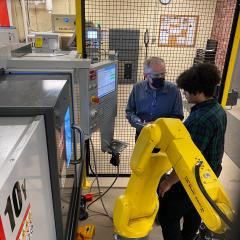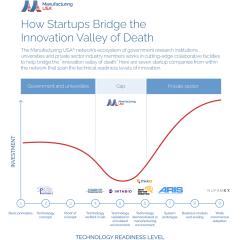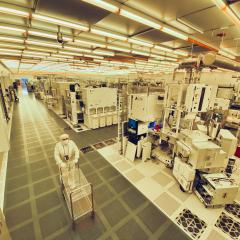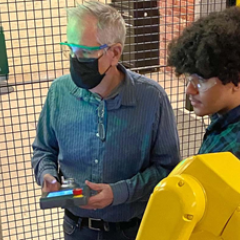
The drive to create . Put simply, that’s what has propelled Marley Passey into a career in manufacturing, despite the fact that she’s legally blind. “I’ve always really enjoyed making things, building little wooden toys,” Marley says. “And this is the natural progression of that, making these really big and complex metal or composite parts. I...





